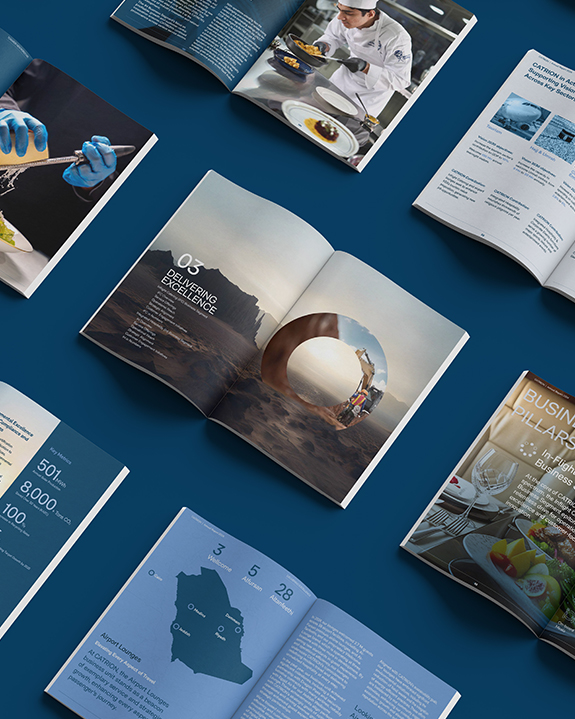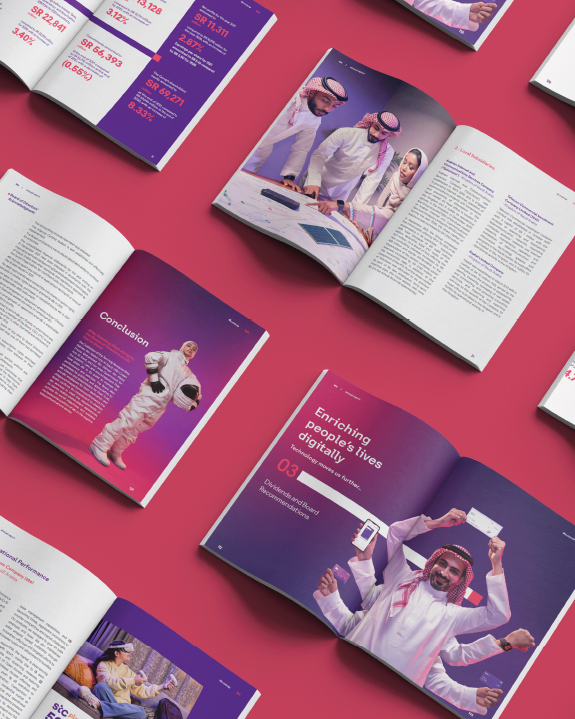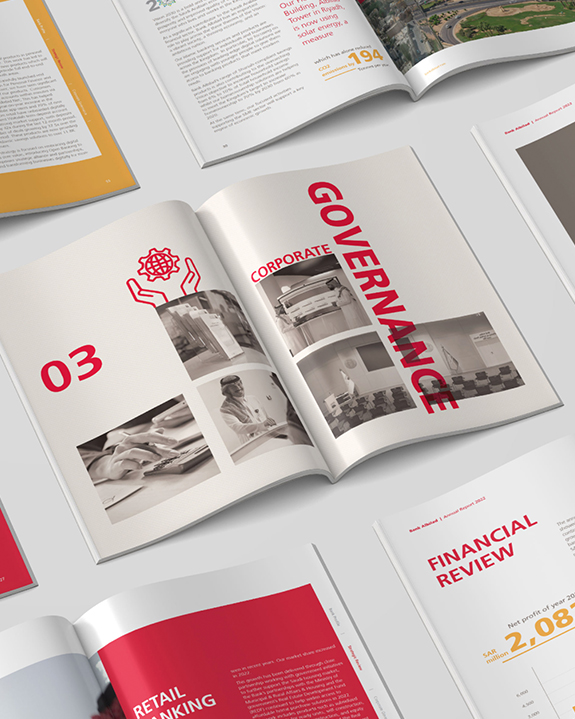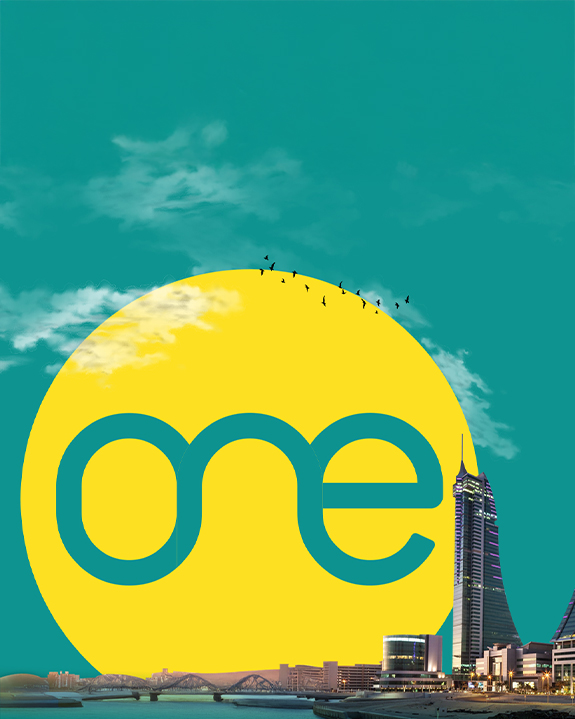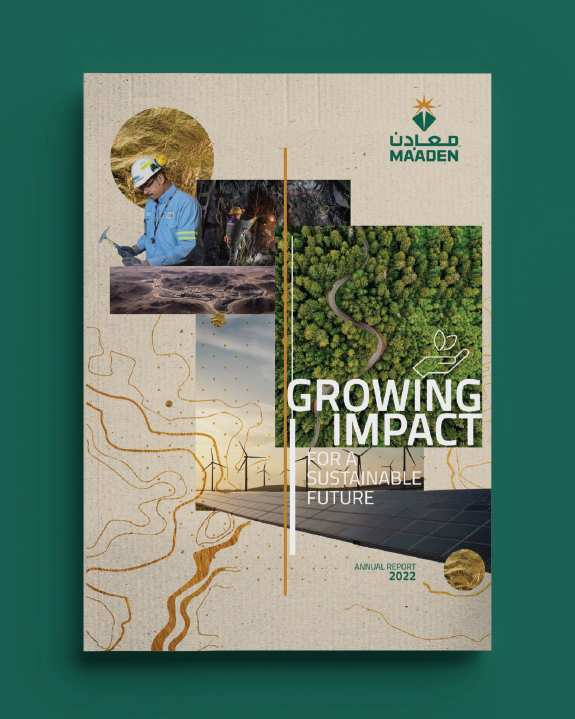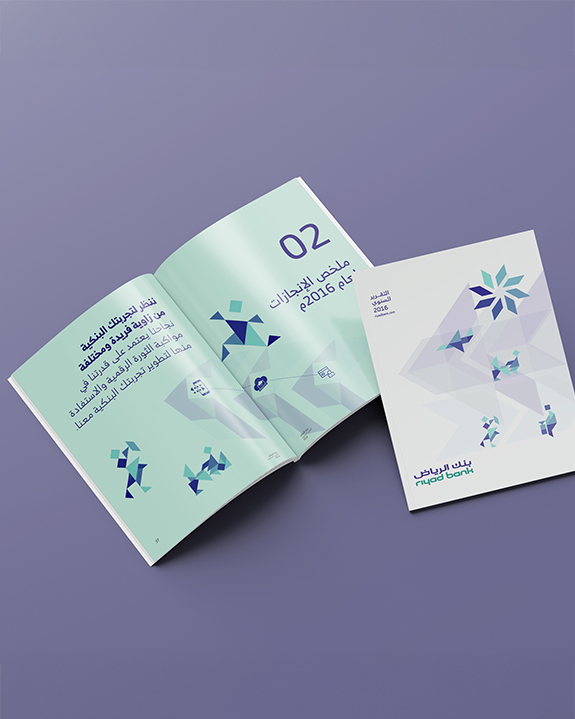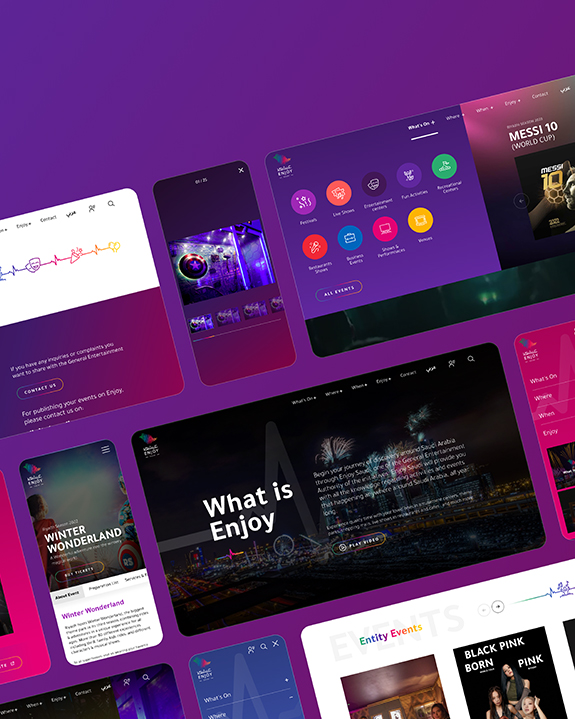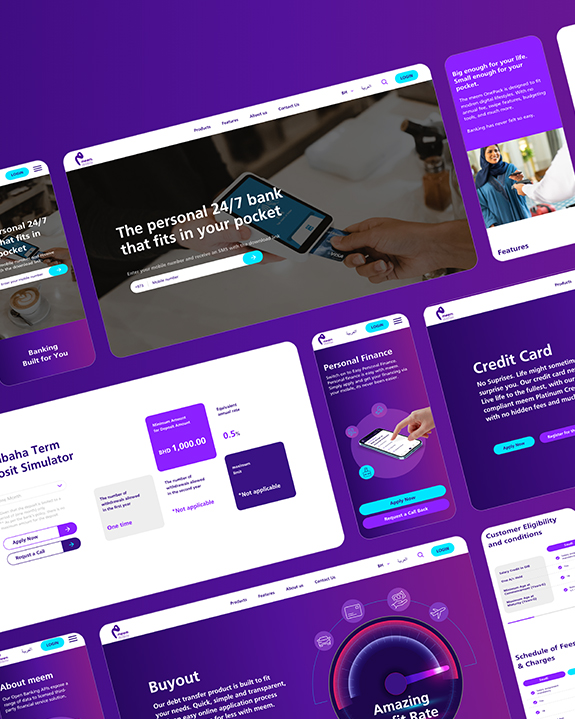AI has moved beyond utility.
It’s now part of the creative process, an active voice, not just a silent engine. But real collaboration requires more than functionality. It asks for empathy, nuance, and intention.
And all of that starts with how
we shape language.
When language is shaped with care, AI aligns. It reflects the values, tone, and emotional depth we set. And in high-trust environments, that alignment is the difference between output and impact.
The Creative Misalignment
Across the Gulf, brands are racing to integrate AI into their workflows. From content generation to customer service, the promise is clear: faster output, smarter systems, scalable personalization. But beneath the surface, a deeper challenge is emerging, one that’s harder to quantify, but impossible to ignore.
AI doesn’t understand emotion, rather it simulates them. When brands design without emotional clarity, the experience feels hollow, no matter how advanced the tech.
We’ve seen it in captions that sound robotic. Interfaces that feel distant. Chatbots that miss the moment. The issue isn’t the AI. It’s the design language around it.
Designing With, Not Around
To design with AI means treating it like a creative partner, not a constraint. It means shaping systems that understand nuance, not just logic. It means building experiences that feel fluent in emotion, not just fluent in code.
And in the Gulf, where language is identity, that fluency matters more than ever.
Arabic isn’t just
a translation layer.
It’s the emotional core.
It carries rhythm, warmth,
and cultural memory.
When AI systems treat it as an afterthought, they don’t just miss the mark. They miss the moment.
Designing with AI means starting with Arabic, not adapting to it. It means training systems to recognize tone, not just syntax. It means building bilingual experiences that feel native in both languages, not subordinate in one.
Designing for AI vs. Designing With AI
| Designing For AI |
Designing With AI |
| Prioritizes speed and automation |
Prioritizes emotional clarity and resonance |
| Treats AI as a backend function |
Treats AI as a creative partner |
| Focuses on prompts and templates |
Focuses on tone, rhythm, and editorial standards |
| Adds Arabic as a translation layer |
Starts with Arabic as the emotional foundation |
| Approves outputs |
Elevates outputs through critique and refinement |
Emotional resonance
Users want functionality and want to feel seen.
Cultural relevance
Especially in the Gulf, language, tone, and rhythm must reflect regional nuance.
Brand coherence
A fragmented voice across channels erodes trust, even if the tech works flawlessly.
Without narrative design, transformation becomes a technical exercise. With it, it becomes a movement.
Emotional Fluency Is the New UX
In Bahrain, Saudi Arabia, and the UAE, users don’t just want fast answers. They want meaningful ones. They want interfaces that feel intuitive, captions that feel human, and experiences that feel like they belong.
That’s not a UX challenge.
And AI can’t solve it alone.
Designers, writers, strategists—everyone in the creative ecosystem, need to rethink how they engage with AI. Not as a tool to feed, but as a voice to shape.
That means:
Teaching AI to recognize regional nuance
Guiding it to avoid formulaic phrasing
Refining its rhythm to match the emotional pace of the audience
These choices shape perception, guide belief, and define the experience from the first scroll.
The Role of Editorial Leadership
This is where editorial culture becomes critical. Because AI learns from patterns. And if the patterns are generic, the output will be too.
Editorial leaders across the Gulf are already feeling this tension. They’re mentoring teams, and machines, to push for originality, emotional resonance, and regional relevance. They’re critiquing captions not just for grammar, but for feeling. They’re refining translations not just for accuracy, but for warmth.
And they’re asking the
Right question:
Does this sound like us?
Or does it sound
That’s the standard AI needs to learn. Not just what’s correct. But what’s true to the brand.












